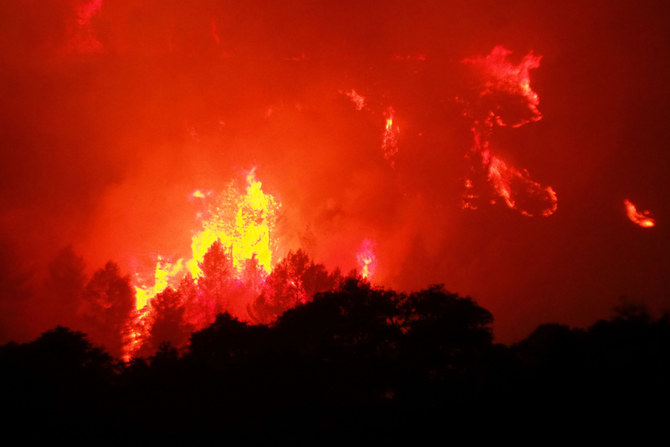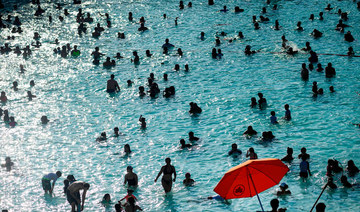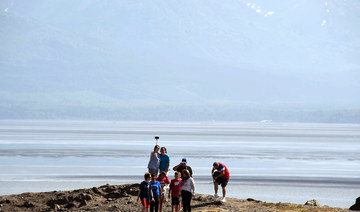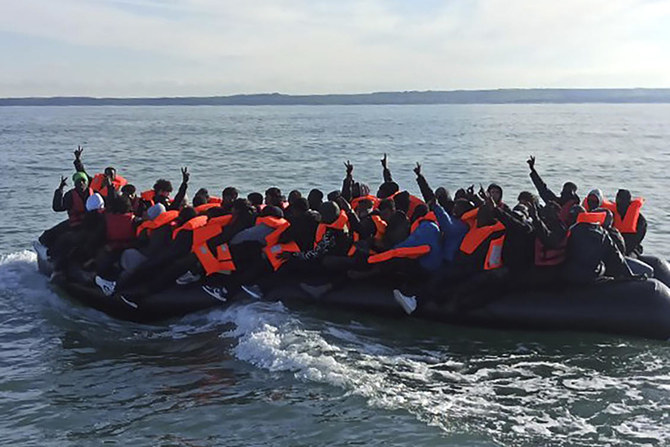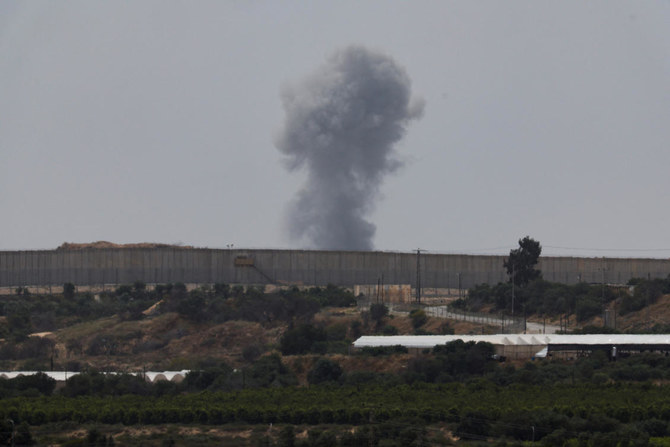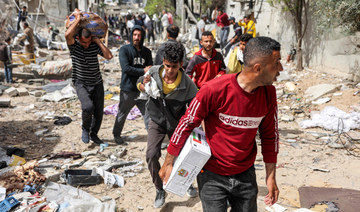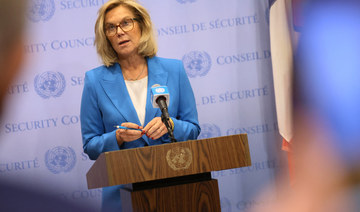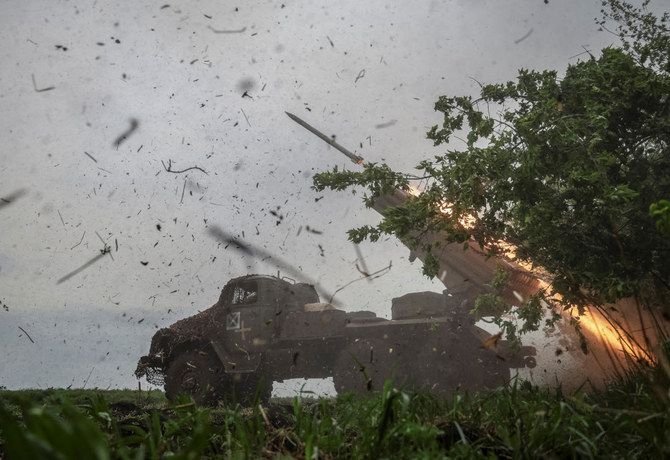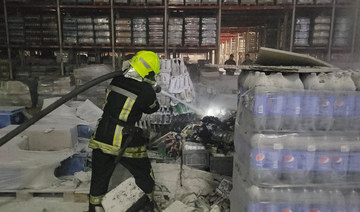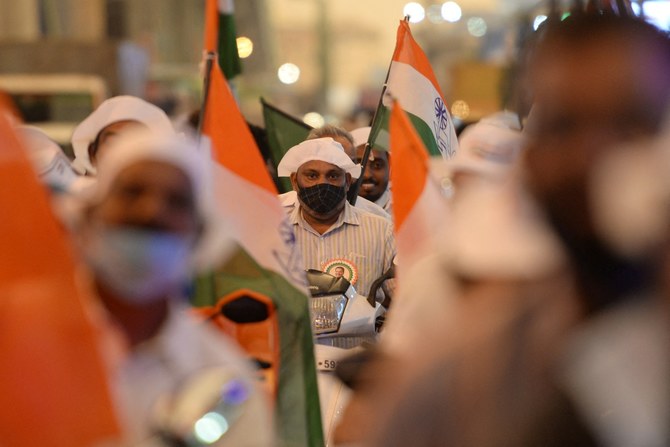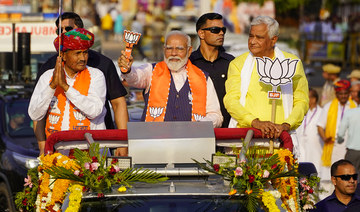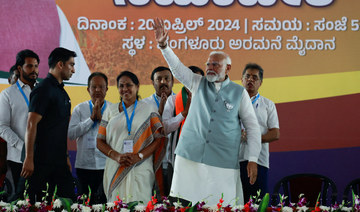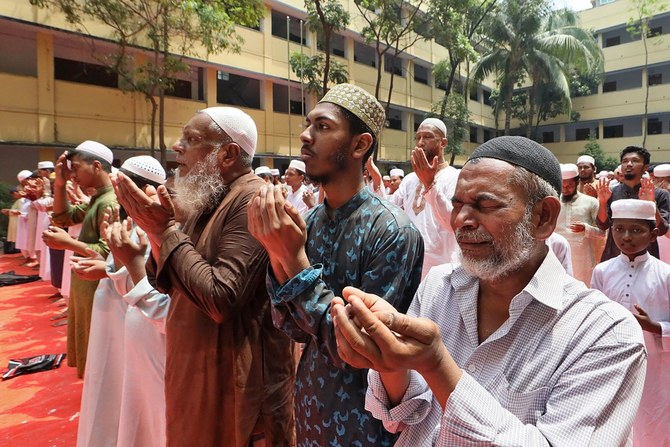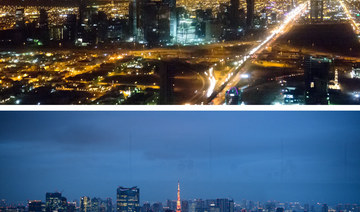DUBAI: From blistering heatwaves to raging thunderstorms and floods, extreme weather conditions have grabbed global headlines throughout the summer in the northern hemisphere. During a particular week of Europe’s record-breaking heatwave, more than 400 extra deaths were reported in the Netherlands alone.
The series of disruptive events have prompted experts to sound a stern warning: Even if the world succeeds in cutting carbon emissions, large expanses of South Asia and the Gulf could become unliveable due to high temperatures and humidity.
Against this backdrop, a study by experts at the Massachusetts Institute of Technology (MIT) has revealed that on the current climate course, the heat in parts of South Asia will test the limits of human survivability. The report specifically highlights the risks to the inhabitants of India, Pakistan and Bangladesh, a region of deep poverty where one-fifth of the world’s people live.
The research, which predicts heatwaves with weather conditions “intolerable to humans,” echoes separate MIT studies showing that unliveable “wet bulb temperatures” could also become a regular occurrence in the Gulf by the century’s end. Wet-bulb temperature recordings take into account humidity in addition to standard temperature, with a 35°C wet-bulb temperature considered as the limit of human survivability. Excessive humidity at that point prevents sweat from effectively cooling down the human body. People can survive in such heat, but only for a matter of hours.
A previous MIT report had looked at projected heat waves in the Gulf. While the number of “extreme heat” days foreseen for the Gulf was worse than South Asia, the impact on the latter region — in particular, northern India, Bangladesh and southern Pakistan — could be vastly more severe given its expanse of agricultural land and population size.
The big question is: Are the parts of the world likely to be worst affected by climate change, including the Middle East and North Africa (MENA) region, prepared to withstand such temperatures?
Karim Elgendy, founder and coordinator of Carboun, a non-profit volunteer-based advocacy project promoting sustainable cities in MENA, told Arab News that the MIT studies were “very alarming” and among the “most influential papers to come out on regional climate change in quite a long time.”
The Gulf is expected to be deeply affected by climate change because of its high levels of sunshine and humidity in addition to its scant water reserves, Elgendy said. It means the region is likely to be one of those most at risk for the threshold for extreme heat on the wet-bulb global temperature index. In the coming decades, the region is predicted to see days when this extreme threshold will be crossed, Elgendy said.
“No one is denying that this is potentially dangerous. We are not talking about these conditions being fatal for a short period of time, for example getting out of your home and into a car. But if you spend six hours in these temperatures — if you were a laborer working outside — then this is potentially fatal.
FAST FACTS
- Middle Eastern countries have recorded extremely high temperatures during the current summer.
- Germany recorded its highest ever temperature, 42.6°C, on July 25, exceeding the previous record by 2.3°C.
- This summer both India and Pakistan faced one of the hottest and longest heatwaves since the two countries began recording weather reports.
- Greenland lost 10 billion tons of ice to the ocean in 24 hours on July 31 amid Arctic heatwave.
“In many Gulf Cooperation Council (GCC) cities, where the real-estate market is a major part of the economy, there are lots of people working outside who could be affected by this.
“We are also talking about increased risk levels and increased dependence on air conditioning as a life-support system. If outdoor conditions can be fatal, can anyone risk having their vehicle break down on the road in these temperatures where you could potentially die? Is that really something you want to contemplate?”
Tony Addison, chief economist and deputy director for the United Nations University World Institute for Development Economics Research (UNU-WIDER), said the MIT’s latest predictions “seem plausible” if nothing changes.
“Today’s weather, including the rising temperature, reflects the impact of the stock of carbon dioxide and other greenhouse gases (GHGs) already in the atmosphere,” he said. “Even if the world stopped adding to the stock of GHG today, the impact on temperature and other weather conditions would continue into the far future.
“The world is continuing to add to that stock, and there is a high risk that we will not contain GHG emissions within a range that avoids serious and continued warming.”
A study by the World Bank recently identified climate “hotspots” — regions most vulnerable to climate change — in South Asia.
“We looked at two scenarios: A ‘climate-sensitive’ scenario in which countries comply with the Paris Climate Agreement and a ‘carbon intensive’ scenario where the agreement breaks down and carbon emissions continue unabated,” said Muthukumara Mani, the World Bank’s lead economist for the South Asia region, referring to the 2016 pact which aims to limit global warming to less than 2°C and to pursue efforts to limit the temperature increase to 1.5°C.
The report predicted that annual average temperatures in South Asia will increase by 1.6°C before 2050 under the climate-sensitive scenario, and by 2.2°C under the carbon-intensive scenario. More than half the region will be a “hotspot” by 2050 under the carbon-intensive scenario, with 45 percent of the present popu-lation of South Asia — 800 million people — living in areas projected to become moderate or severe hotspots.
According to Marine Pouget, a MENA policy advisor at Germanwatch, while Gulf countries can already deal with the heatwaves, the soaring temperatures seen across the globe will raise a significant issue in the coming decade — energy consumption.
We must ensure that the MENA region is ready for climate change’s almost inevitable impacts.
Karim Elgendy, Founder of Carboun
“Air conditioning will have to be able to work longer and under harder conditions. This will have an impact in the private sphere, but also on business and tourism. The energy bill for the Gulf countries may rise rapidly,” she told Arab News.
Pouget said Gulf countries need to implement heatwave assistance programs that cater for the most vulnerable, such as children, isolated elderly citizens and those in ill-health during heatwaves. She pointed to France as a case study — and the measures it put in place following the infamous 2003 heatwave that caused thousands of deaths — including adopting strict guidelines and an alert system that has since won plaudits from the UN.

Karim Elgendy
Elgendy said action is needed to make Gulf countries resilient in the face of rising temperatures and to mitigate “alarming long-term risks,” such as rising sea levels for the UAE, Qatar and Bahrain, and increased risks of storms for Oman.
“Given the unique socio-economic and environmental conditions of the MENA region, we must consider sustainability together with climate resilience to ensure the region becomes ready for its almost inevitable impacts,” he told Arab News.
“The fact that the GCC region is still buildings its cities and infrastructure provides a good opportunity for positive policy.”
Elgendy said the wider MENA region needs to address the impacts of climate change despite its limited historical responsibility for emissions, compared with the regions of Europe and North America, which have more “moral responsibility” for most of the carbon in our atmosphere today.
The GCC started to take action when it announced its shift towards renewable energy, he said. Saudi Arabia, for example, has set for itself a renewable energy target of 27.3 gigawatts of renewable energy by 2024. Elgendy said the GCC countries can do more to strengthen their commitments to the Paris Climate Agreement.



